Yoga Blog
Enhancing Joint Health and Flexibility: The Synergy of Collagen Supplements and Yoga
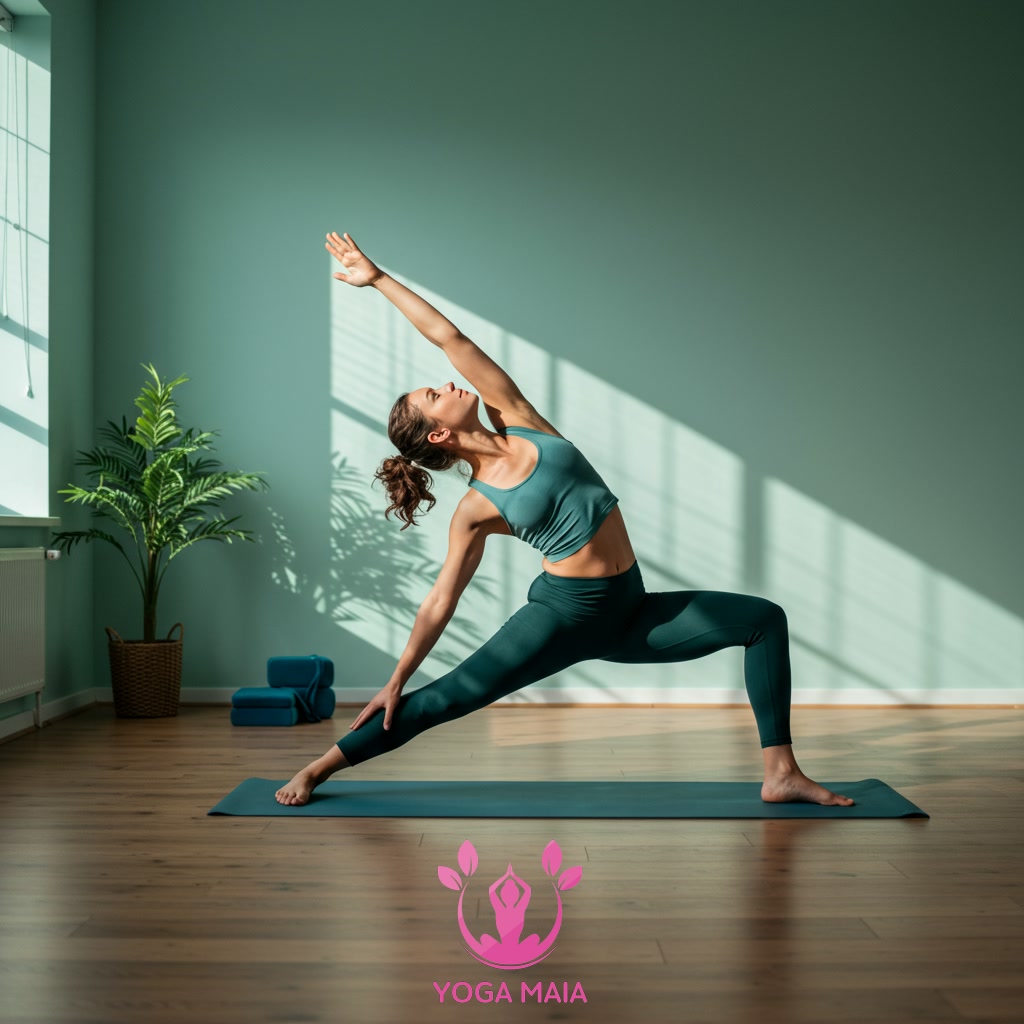
This content explores the combined benefits of collagen supplementation and yoga practices for improving joint health and enhancing flexibility. It discusses how collagen provides essential building blocks for connective tissues while regular yoga helps maintain joint mobility and strength. The synergy between these two approaches offers a comprehensive strategy for supporting long-term joint wellness and overall physical resilience.
Table of Contents
- Section 1: Understanding Joint Health and Flexibility: Why It Matters
- Section 2: The Role of Collagen Supplements in Supporting Joint Structure
- Section 3: How Yoga Enhances Flexibility and Joint Mobility
- Section 4: Exploring the Synergy: Collagen and Yoga Working Together
- Section 5: Practical Steps for Combining Collagen Supplements and Yoga
- Section 6: Expected Outcomes and Long-Term Benefits
Section 1: Understanding Joint Health and Flexibility: Why It Matters
Joints are the crucial connections between our bones, enabling movement, while flexibility refers to the range of motion in these joints. Together, they are fundamental pillars of physical well-being. Healthy, flexible joints allow us to perform everyday activities effortlessly, from walking and climbing stairs to bending and lifting. Good joint health means less pain, stiffness, and discomfort, ensuring smooth and efficient movement. High flexibility improves posture, enhances balance, and significantly reduces the risk of injuries during physical exertion. Prioritizing the health and flexibility of our joints is essential not just for maintaining an active lifestyle but for preserving our independence and quality of life as we age, allowing us to move freely and comfortably throughout all stages of life.
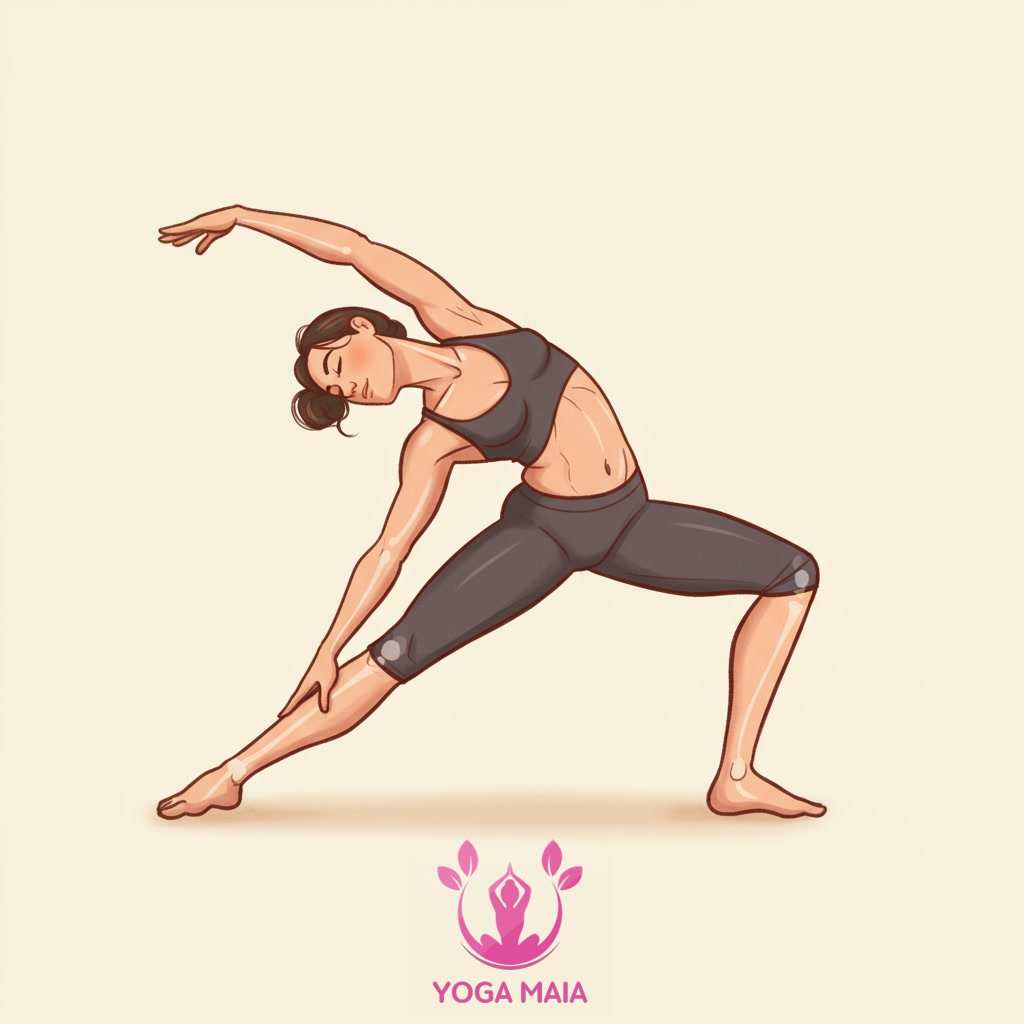 Understanding Joint Health and Flexibility: Why It Matters
Understanding Joint Health and Flexibility: Why It Matters
Section 2: The Role of Collagen Supplements in Supporting Joint Structure
Building upon the understanding that joints are vital for movement and flexibility, collagen supplements play a crucial role in maintaining their structural integrity. Collagen is the most abundant protein in the body and a primary component of connective tissues like cartilage, ligaments, and tendons, which provide cushioning, support, and stability to our joints. As we age, the body’s natural collagen production declines, potentially leading to weakened joint structures. Supplementing with hydrolyzed collagen provides the body with the necessary amino acids, the building blocks it needs to synthesize new collagen. This can help reinforce the cartilage, improve the strength of ligaments and tendons, and contribute to overall joint resilience, supporting smoother movement and reducing discomfort.
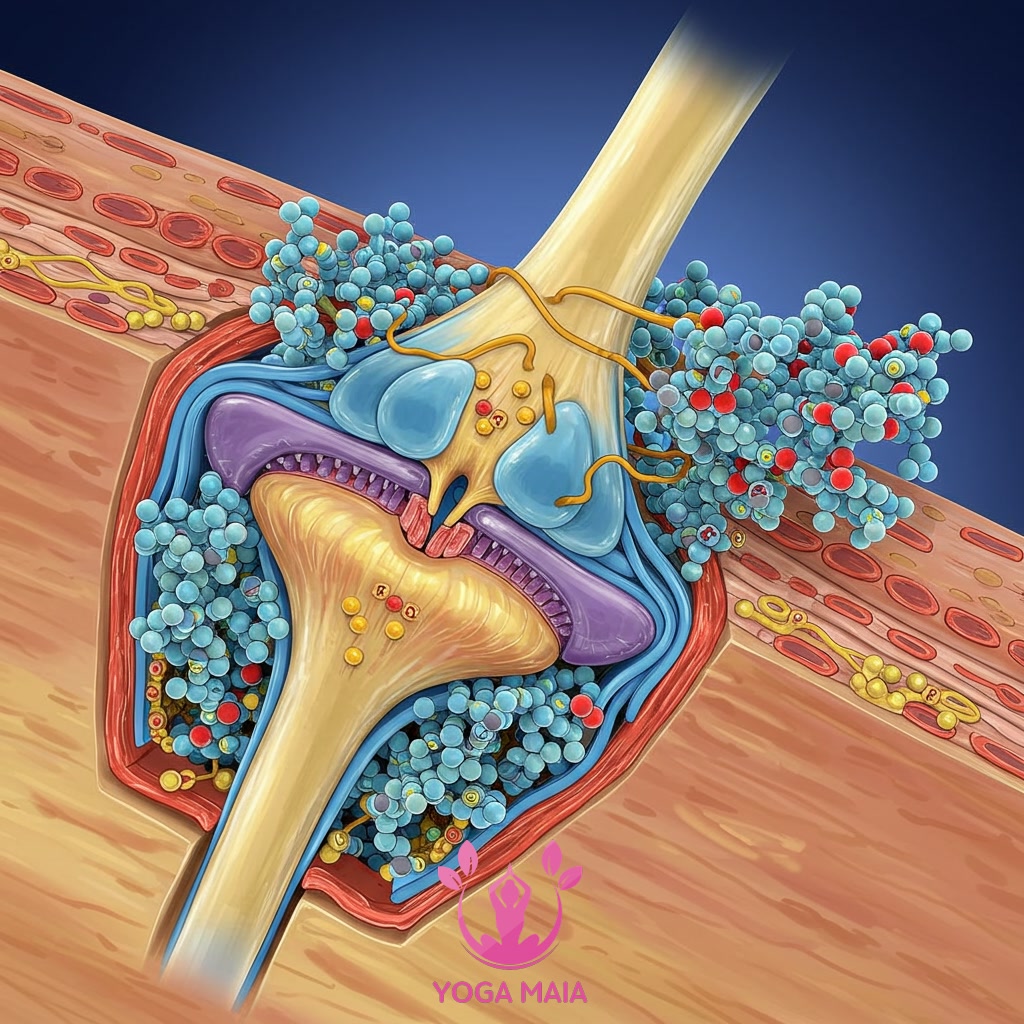 The Role of Collagen Supplements in Supporting Joint Structure
The Role of Collagen Supplements in Supporting Joint Structure
Section 3: How Yoga Enhances Flexibility and Joint Mobility
Following the structural support provided by collagen, regular yoga practice complements this by directly enhancing joint function and flexibility. Yoga involves a series of postures and stretches that gently move joints through their full range of motion. This consistent, controlled movement helps to lubricate the joints by stimulating the production of synovial fluid, reducing stiffness and improving ease of movement. Furthermore, holding yoga poses builds strength in the muscles surrounding the joints, providing better support and stability, which is crucial for preventing injuries. Over time, the sustained stretching and mindful movement in yoga contribute significantly to increasing overall flexibility, making joints more supple and resilient.
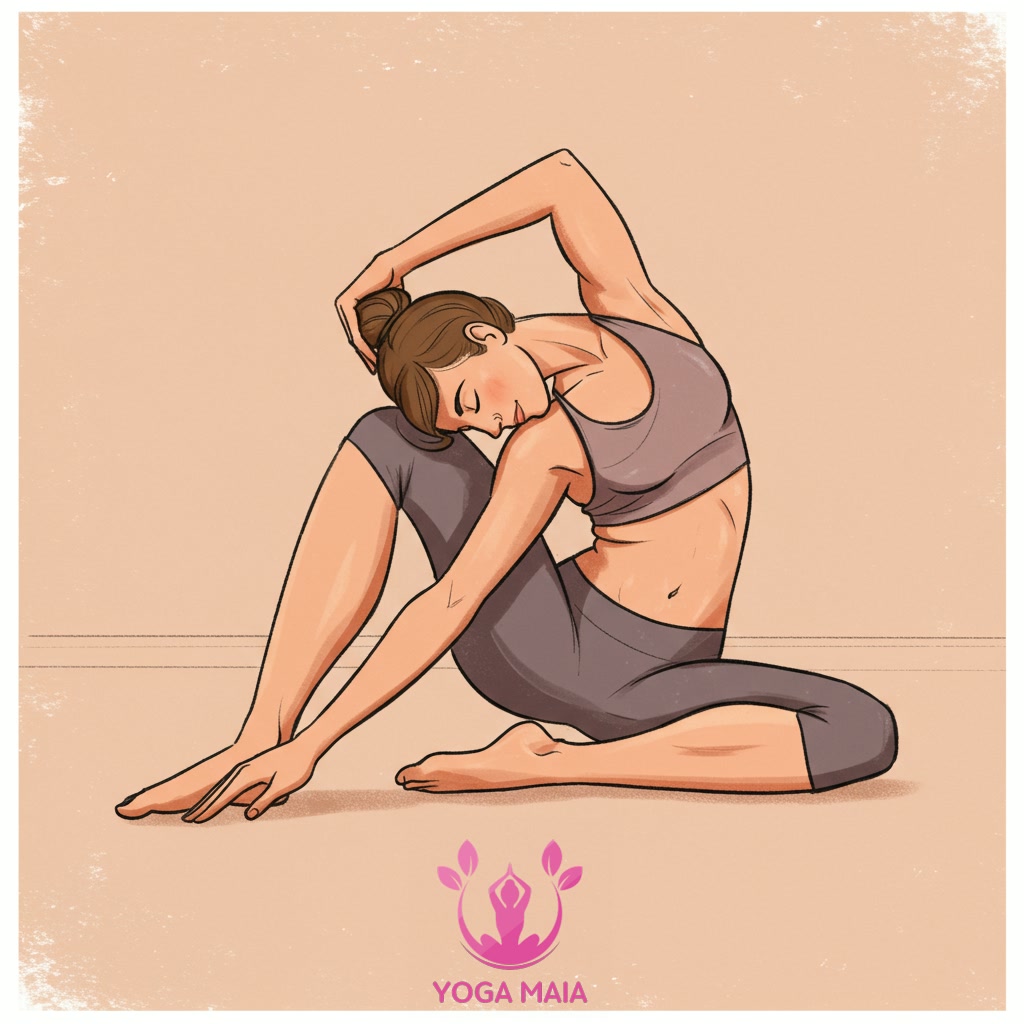 How Yoga Enhances Flexibility and Joint Mobility
How Yoga Enhances Flexibility and Joint Mobility
Section 4: Exploring the Synergy: Collagen and Yoga Working Together
Building upon the foundation provided by collagen, which supplies the essential proteins for healthy cartilage, ligaments, and tendons, regular yoga practice acts as the vital functional component. Yoga’s gentle yet effective poses and stretches actively engage the joints, promoting lubrication and increasing the range of motion. This movement stimulates blood flow to the connective tissues, helping to deliver the collagen and other nutrients needed for repair and maintenance. The synergy is profound: collagen provides the structural integrity, while yoga enhances the mechanical function, flexibility, and strength of the joint structures, creating a resilient system better equipped to handle daily stresses and maintain long-term health.
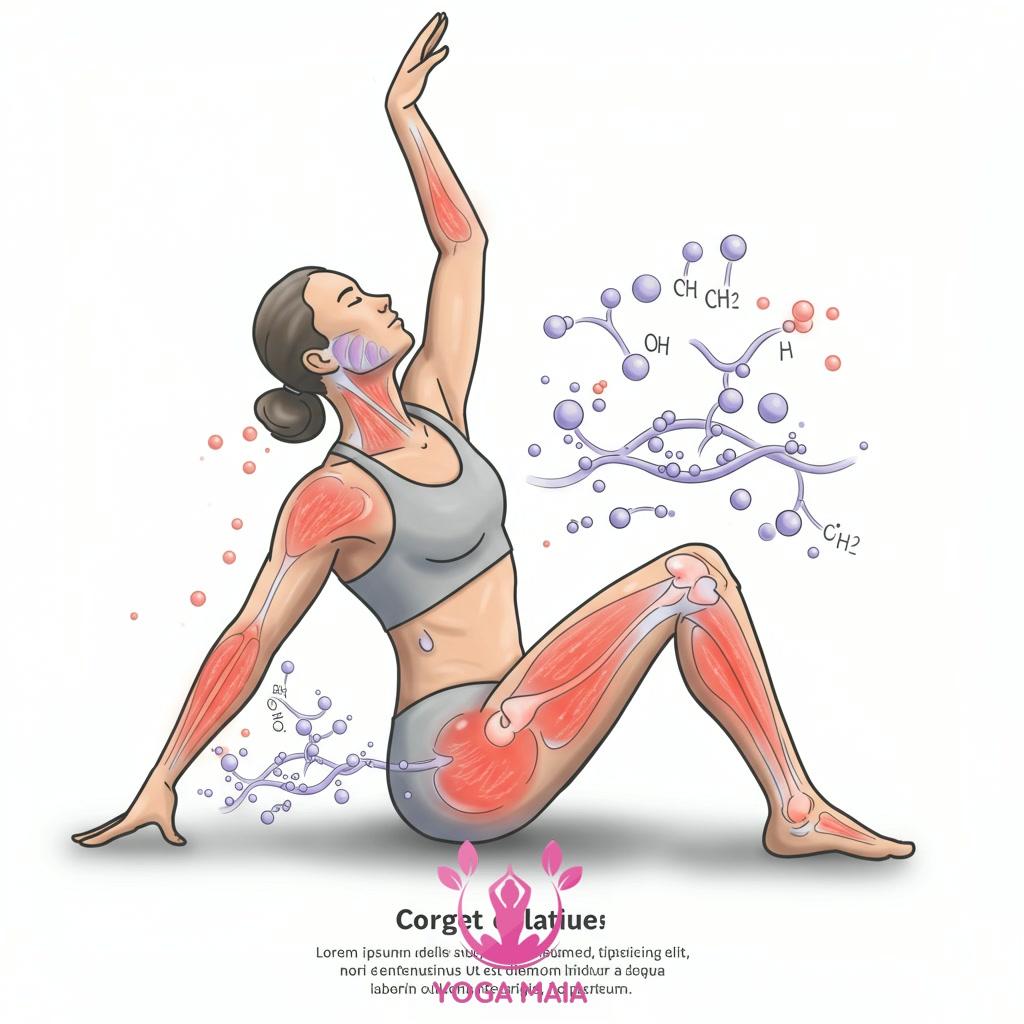 Exploring the Synergy: Collagen and Yoga Working Together
Exploring the Synergy: Collagen and Yoga Working Together
Section 5: Practical Steps for Combining Collagen Supplements and Yoga
Building upon the foundation provided by collagen, which supplies the essential proteins for healthy cartilage, ligaments, and tendons, regular yoga practice acts as the vital functional component. To effectively combine these two elements for enhanced joint health and flexibility, consistency is paramount. Incorporate a daily collagen supplement into your routine, perhaps by mixing it into water, coffee, or a smoothie. Simultaneously, commit to a regular yoga schedule, aiming for at least 2-3 sessions per week, focusing on gentle movements, mindful stretching, and listening to your body’s signals. This dual approach ensures your joints receive the necessary structural support from within while maintaining and improving their mobility, strength, and range of motion through consistent, low-impact exercise. Integrating both practices into your lifestyle creates a powerful synergy for long-term joint wellness.
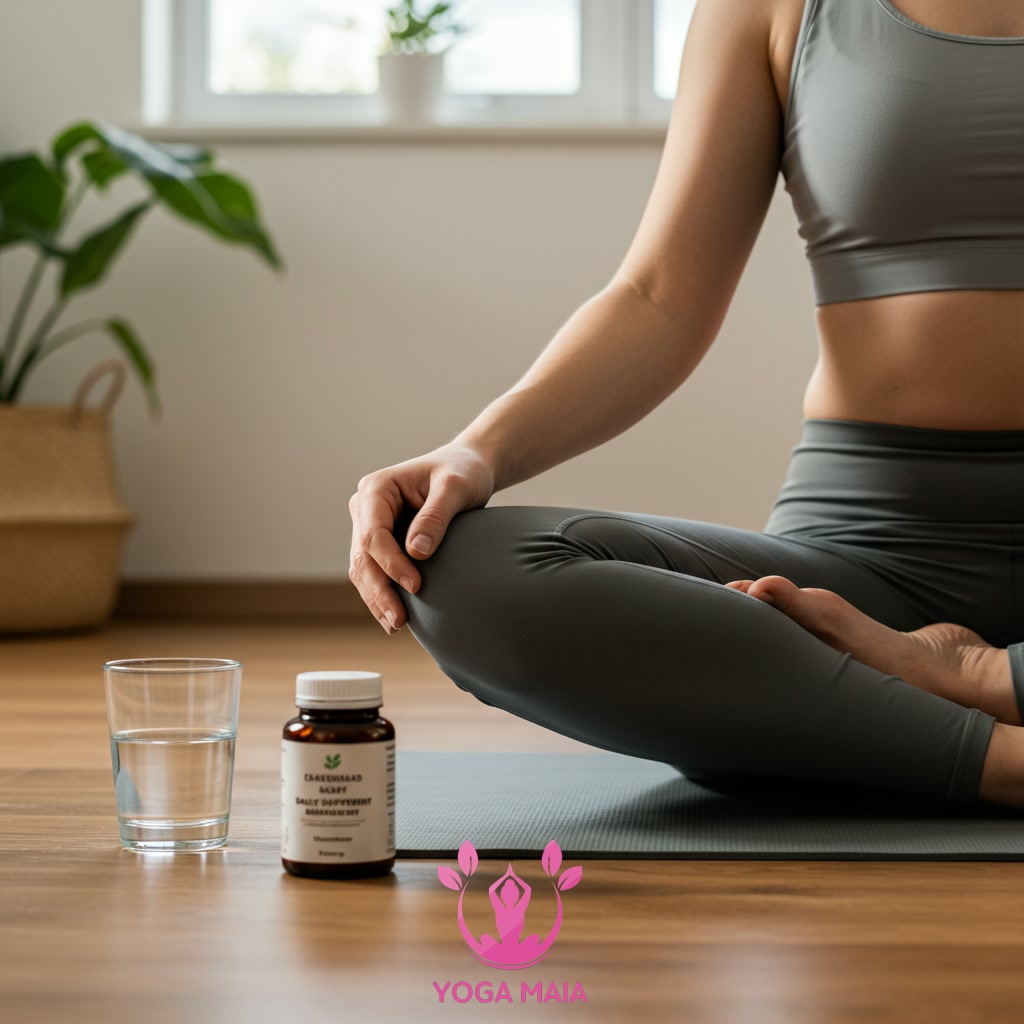 Practical Steps for Combining Collagen Supplements and Yoga
Practical Steps for Combining Collagen Supplements and Yoga
Section 6: Expected Outcomes and Long-Term Benefits
Following the synergistic approach outlined, individuals can anticipate tangible improvements in joint function and overall mobility over time. Regular yoga practice, when complemented by consistent collagen supplementation, is expected to lead to notable reductions in stiffness, enhanced flexibility, and an increased range of motion. These outcomes contribute significantly to greater ease in performing daily activities and engaging in physical pursuits. The long-term benefits of this integrated strategy include fostering stronger, more resilient connective tissues, potentially mitigating age-related joint discomfort and supporting a more active and fulfilling lifestyle well into the future. This comprehensive approach offers a sustainable pathway towards sustained joint wellness and improved physical resilience.
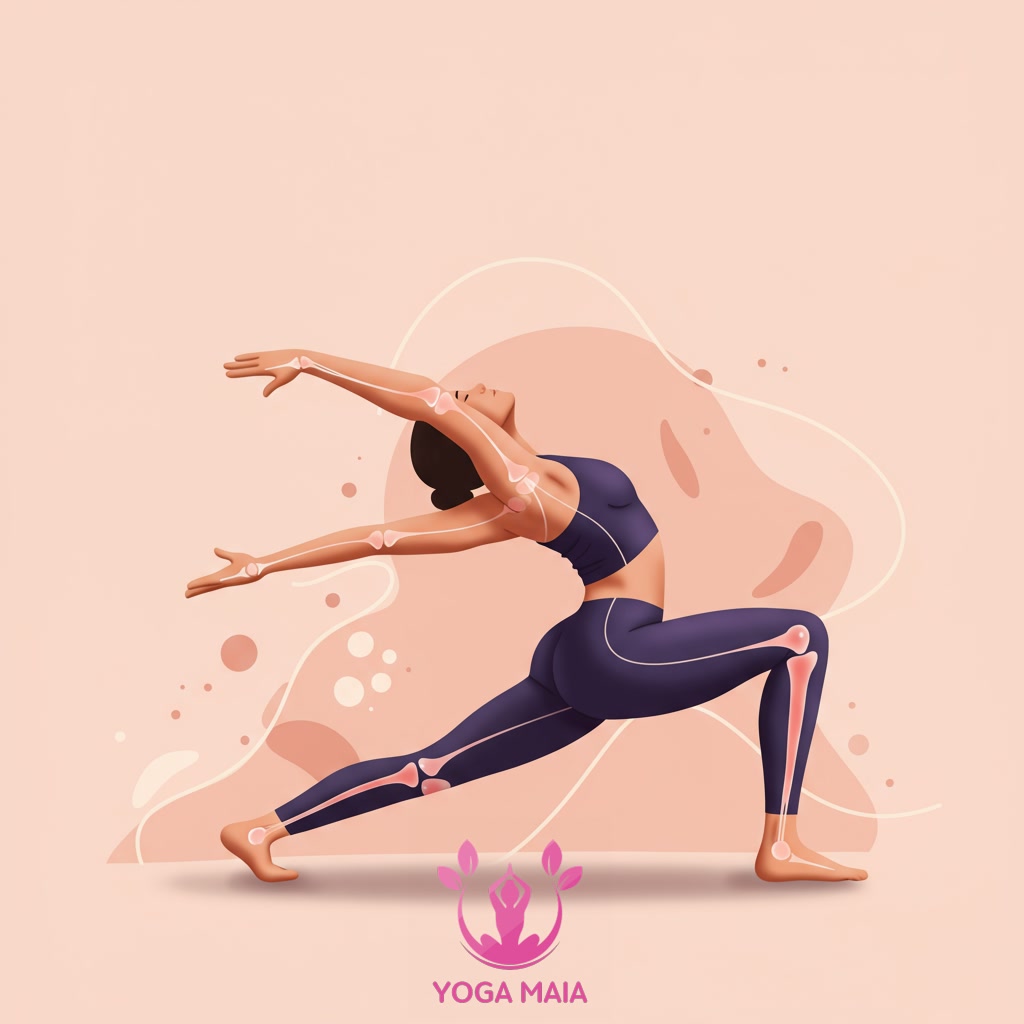 Expected Outcomes and Long-Term Benefits
Expected Outcomes and Long-Term Benefits












